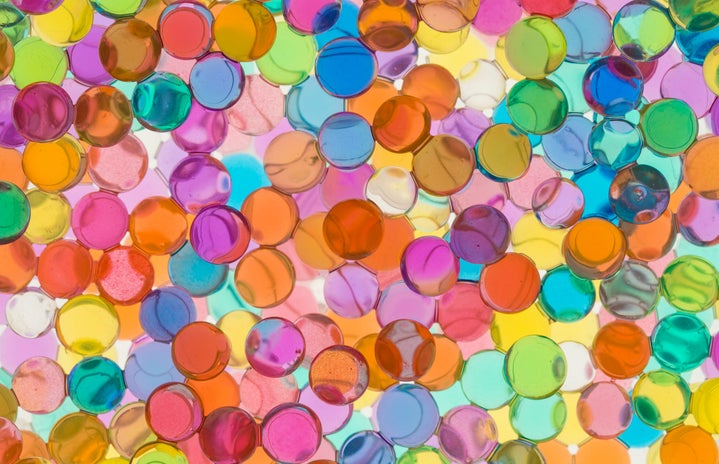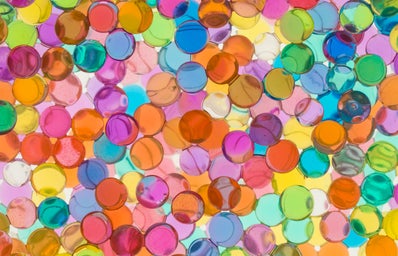For many African American women, wearing protective styles are essential for the protection of their hair. Protective styles are different hairstyles that prevent damage and breakage from heat and constant manipulation. Protective styles include braids, twists, locks, and sew-ins. Recently, the most popular protective style are wigs. A wig is a covering for the head with artificial or authentic hair. Since wigs are in popular demand, they have become very expensive to purchase. Fortunately, for those who cannot afford spending an excessive amount of money on pre-made wigs, an alternative option is to make a wig for yourself. As hard as it may seem, constructing a wig is very simple.
Before constructing a wig, there are a few tools needed. In order to make a wig, you need a spandex dome cap, needle, thread, T-pins, a mannequin head, and most importantly, hair. Luckily, all of these tools can be purchased at the beauty supply store. However, for purchasing the hair, it is strongly recommended to buy the hair from a good quality vender. For a more affordable purchase, you can by hair from Aliexpress vendors such as Unice and Nadula hair companies.
Figuring out the type of hair for your wig is the most important and crucial part of this process. To achieve a fuller and more natural appearance, it is strongly recommended to purchase 100 percent human hair with at least three bundles of hair and a closure (the component of a wig that is composed of lace that represents the scalp if the desired hairstyles). Once you have decided and purchased your hair in its bundles, the process can officially begin.
To begin, put the spandex dome cap on the mannequin head and secure it with the T-pins. Once the spandex dome cap is secured, you want the mannequin head to be as stationary as possible. Buying a mannequin head stand is perfect to prevent the mannequin head from shifting, but an alternative and more affordable route is to simply place the mannequin head between your legs and secure it by clinching your legs together tightly.
Once the mannequin head is secure, the sewing process of the hair onto the dome cap can begin. First, thread the needle. To thread the needle, you must insert the thread into the tiny hole of the needle. After you thread the needle, double knot the ends of the thread. Finally, you are ready to sew the hair onto the dome cap.
Remove the bundles of hair from its packaging. The first piece of hair you are going to sew-in is the closure. In order to sew-in the closure, align the hair piece in the middle of the mannequin’s head. Next, secure the closure piece with T-pins so it will not shift. Then, begin to sew within the lace of the closure as if you were sewing clothes or a quilt. After you finish sewing the closure, secure it at the end by double knotting the ends of the thread and cutting the excess thread off so you can rethread your needle.
After rethreading your needle, you can now begin to sew-in your bundles of hair. Start with the longest bundle. Align the bundle from ear to ear of the mannequin’s head. After aligning the bundle, begin to sew the hair from ear to ear. Once you reach the end of the dome cap, overlap the bundle and continue that process from the longest bundle to the shortest bundle of hair until you either run out of hair or you reach the maximum capacity that the spandex dome cap can hold. After you have reached this point in the process, you have successfully completed your wig!
After completing your wig, you are now ready to wear it! To properly wear your wig, corn-roll your hair straight back, put on a wig cap, and then put on your wig. Adjust the wig to your liking whether it be in the middle or on the side of your head. When the time comes when you want to wear your natural hair again, simply take of the wig and place it back on the mannequin head.
Furthermore, creating wigs is an affordable investment that not only saves money but also saves your natural hair from any form of damage which, in return, allows your hair to strengthen and grow.


